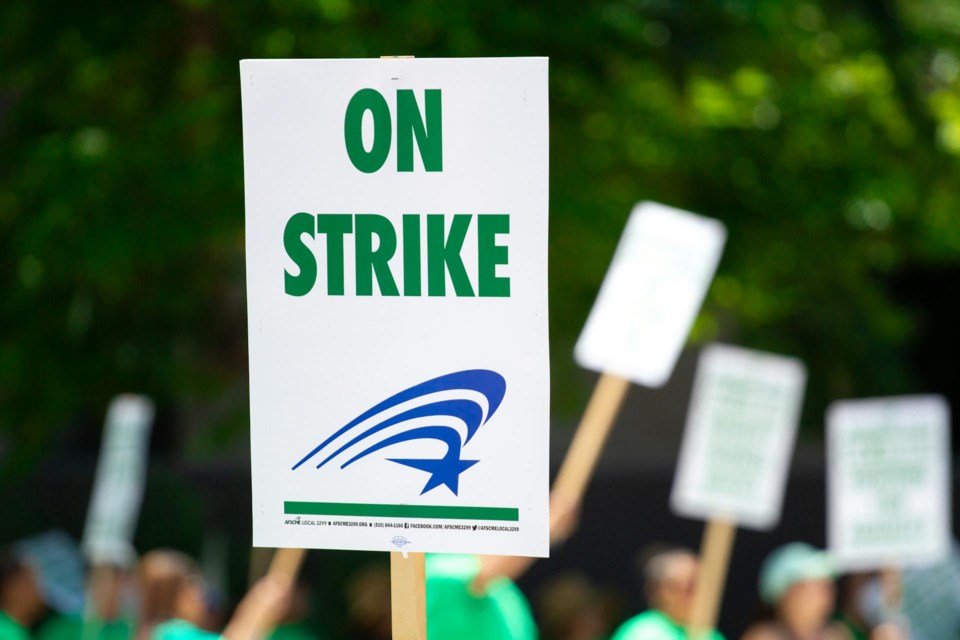SASKATCHEWAN – As the end of August quickly approaches, many Saskatchewan residents look forward to one last long-weekend escape before summer officially ends and kids head back to school.
The long weekend in September has become a public holiday for many countries and is often connected to International Workers’ Day, which is generally held on May 1 each year. But does anyone actually know why we celebrate Labour Day?
For years, large labour movements often included festivities, where workers could enjoy a day with their families. However, when more than 10,000 workers marched with the Toronto Typographical Union on April 15, 1872, the country took notice.
It began as the Nine Hour Movement, where the union members were requesting a weekly reduction in hours to 58. The request was refused by the owners of the printing shops, calling it “foolish”, “absurd” and “unreasonable”.
At the time, George Brown with The Globe tried to launch a legal action suit against the union for conspiracy. This action revealed that fact that according to the laws of Canada, union activity was indeed considered a criminal offence, and police arrested 24 members of the strike committee.
The movement, and Brown, were С����Ƶ watched by Prime Minister John A. Macdonald. Brown was Macdonald’s old Liberal rival and had become the most hated man among Canadian workers. Macdonald was swift to act, speaking to a crowd at Ottawa’s City Hall, promising to wipe out the “barbarous laws” that restricted labour from the books. The imprisoned men were released and on June 14, the Trade Unions Act, which legalized and protected union activity, was passed.
After the strike, many lost their jobs and were forced to leave the city of Toronto, yet the long-term effects were beneficial for many. After 1872, all union demands included the nine-hour day and a 54-hour work week and annual celebrations were held to commemorate the feat. In 1894, Prime Minister John Thompson passed a law making Labour Day a national holiday.
Peter J. McGuire, who was an American labour leader, was made aware of one of these celebrations that was held on July 22, 1882, in Toronto. McGuire began to organize a similar event and the United States of America held their first Labour Day in New York, N.Y. on Sept. 5, 1882.
Labour Day, along with the rights of workers, started to take a stand throughout the world. In New Zealand, Labour Day was first celebrated on Oct. 28, 1890, marking the first anniversary of the Maritime Council, an organization of transport and mining unions. Parades were held in many of the main city centres and government employees were also given the day off to attend the celebrations.
It was said that in 1840, a Kiwi carpenter named Samuel Parnell was looking for work, with many prospective employers wanting employees to work long hours. Parnell refused to work more than eight hours a day, and told one prospective employer
“There are 24 hours per day given to us; eight of these should be for work, eight for sleep, and the remaining eight for recreation.”
Varying states and territories in Australia soon followed suit. On April 21, 1856, the first march for an eight-hour day took place. Stonemasons and building workers around Melbourne stopped working to march from the University of Melbourne to Parliament House. The protest was successful as the workers achieved an 8-hour day with no loss in pay.
Although it may seem like it’s just an excuse to get in one last long weekend get-away before autumn hits, it is a reminder of how far civilization has come in the way of employment. There were thousands of workers who suffered in unwelcoming working conditions and ungodly hours. Those same workers put their livelihoods, along with their families, on the line in hopes they could be the change they wanted for their future.
The next time you see or hear of workers going on strike, who knows, they could be changing the world for the better and making history.




